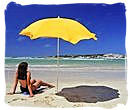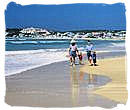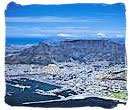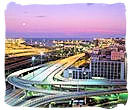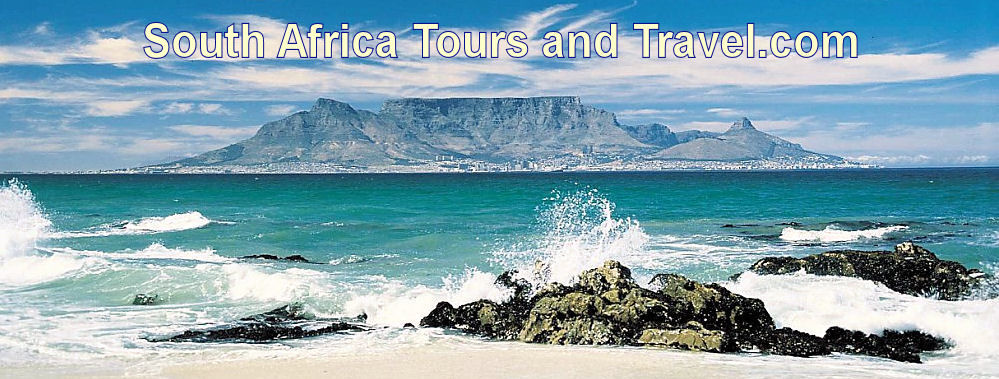 |
|||||||||
Mapungubwe National Park, home to a lost civilisationNext to the Big 5, Mapungubwe National Park in South Africa is home to the secrets and mysterious past of a lost civilisation. Previously known as Vhembe-Dongola National Park, is the latest addition to South Africa’s national parks.
The Park is situated in the far north of the Limpopo province at the point where the borders of Botswana, Zimbabwe and South Africa come together, which is at the confluence of the Limpopo and Shashe rivers. The 28,000 hectares Mapungubwe National Park is still in the process of being developed. When finalized, it will form part of the proposed transfrontier peace park, linking it with the Tuli Safari Area in Zimbabwe and the Tuli Block in Botswana. Now a recognized World Heritage Site, The Mapungubwe National Park was officially opened to the public on 24 September 2004. Find out more about this extraordinary National Park.
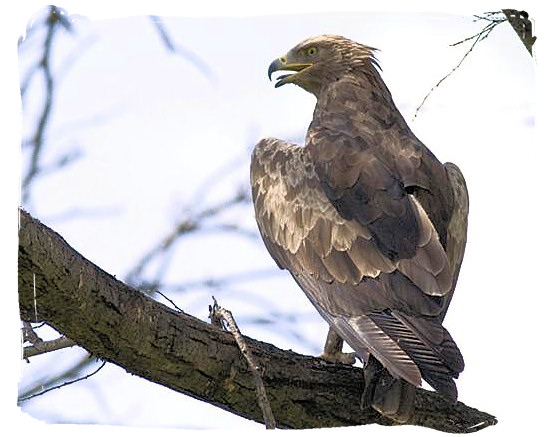 Lesser Spotted Eagle (Aquila pomarina), one of the 400 bird species Mapungubwe National Park, cultural landscape, region, ruins copyright © Johann du Preez General info,... 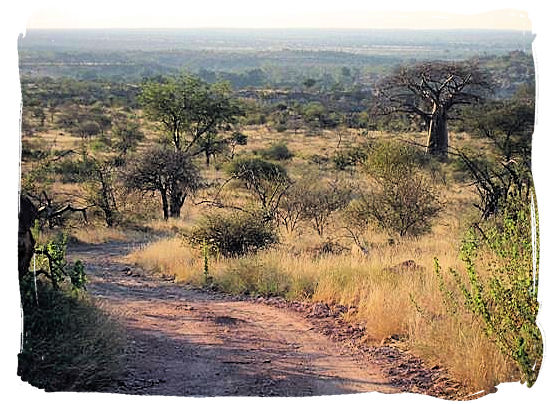 4x4 adventure trail in the Mapungubwe National Park The fascinating remains of the ancient civilization on top of the flat-topped Mapungubwe mountain, show that it was the centre of the kingdom and exclusive domain of its royal family. The famous mountain now forms the nucleus of the Park, which is fast becoming a top wildlife and cultural safari destination in South Africa. It was also the location where the famous Gold Rhino and many other artefacts were uncovered. 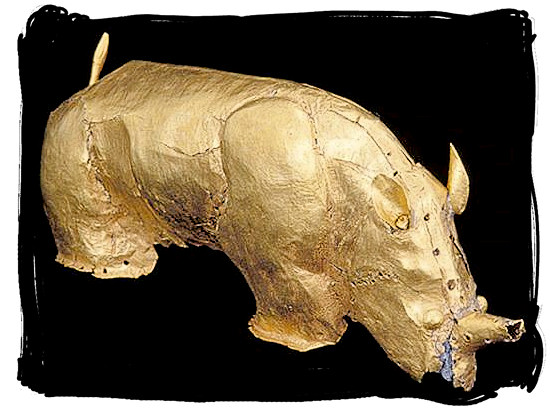 The famous Golden Rhinoceros, artefact of an ancient civilisation Mapungubwe National Park, cultural landscape, region, ruins copyright © South African tourism Mapungubwe Hill, with rugged, impregnable cliff faces all around it, is a small, free-standing oval-shaped mountain 30 metres around 300m in length, interspersed with large rocky surfaces. On top is largely a flat grassy plain, offering you breathtaking views of the surrounding countryside, with the Limpopo glistening in the northern distance. It was declared a World Heritage Site in July 2003. 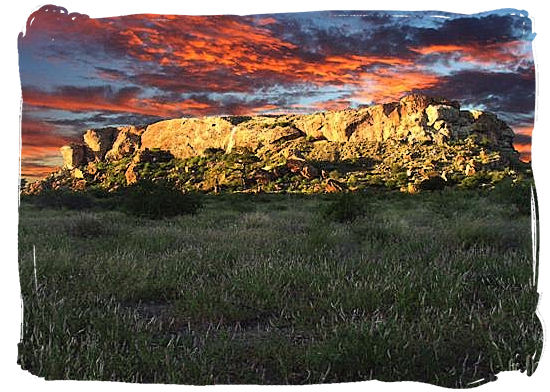 Mapungubwe Hill, home of the royalty of a lost civilisation copyright © Marius Loots Visualize a potter, laboriously shaping a bowl by hand. Imagine the sounds of a goldsmith intently hammering away as he fashions an intricate piece of jewellery. A vision of the great and sophisticated iron-age civilization of Mapungubwe. From a freestanding flat-topped mountain they look down on a spectacular landscape dotted with Mashatu and Baobab trees and a wide variety of African wildlife. 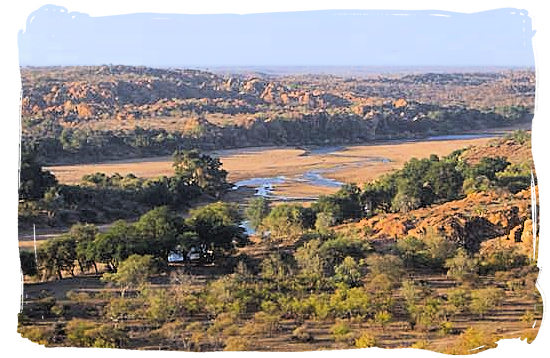 The Limpopo river, border between South Africa and Botswana Mapungubwe National Park, cultural landscape, region, ruins From about 850 AD to 1290 AD the Mapungubwe region was home to the first and greatest ever South African kingdom to have flourished, preceding the Great Zimbabwe kingdom that existed from about 1250 AD to 1400 AD further north in Zimbabwe. The many artefacts found at Mapungubwe, illustrate a flourishing trade with Arab, Chinese and Indian traders. 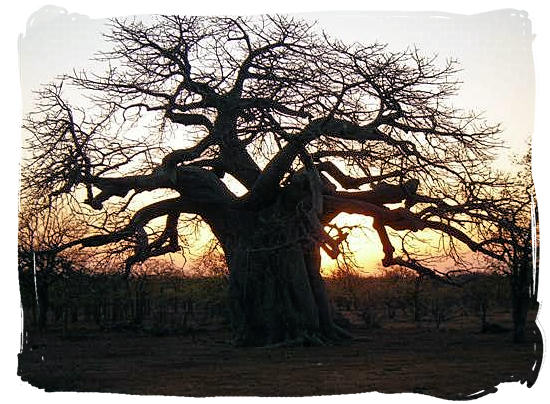 Baobab tree at sunset in Mapungubwe Park The vegetation in the Mapungubwe region consists of three main vegetation communities, the Riparian Fringe, a dense type of vegetation along the Limpopo and Shashe rivers and tributaries, the Acacia community on the Limpopo flats (including flood plains) and vlei areas and the mixed Mopane veld with large stands of Baobab trees and Mlala Palms. south of the Riparian Fringe and the floodplains. 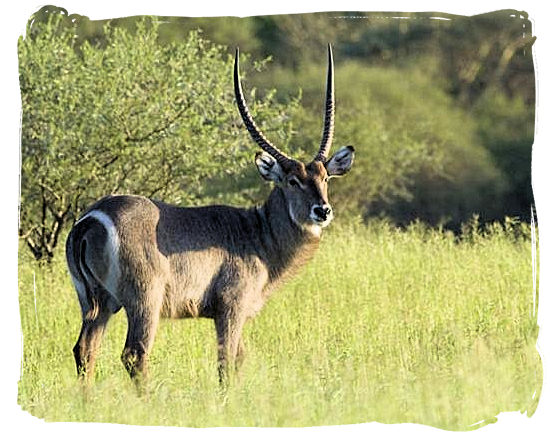 Male Waterbuck near the Maloutswa hide Mapungubwe National Park, cultural landscape, region, ruins copyright © Johann du Preez Dramatic natural rock sculptures, Mopane bushveld and towering Baobab trees, form the background to a wealth of African wildlife. The region has excellent potential to develop into a “Big Five” park. The permanent pools in the Limpopo offer refuge to crocodile and hippopotamus. Viable populations of Lion, Leopard, Elephant, Cheetah and Spotted Hyena are present in the area. 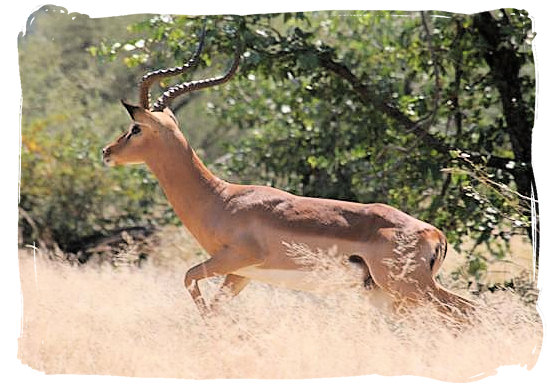 Male Impala on the run in the Mapungubwe Park Mapungubwe is relatively unexplored as far as its birdlife is concerned. With its proximity to Botswana and Zimbabwe it is regarded as a birding hotspot with over 400 species, among which are Pel’s Fishing Owl, Ground Hornbills and plenty of Kori Bustards. There’s a treetop hide at the end of an elevated boardwalk, where game and bird lovers can watch life on the banks of the Limpopo. 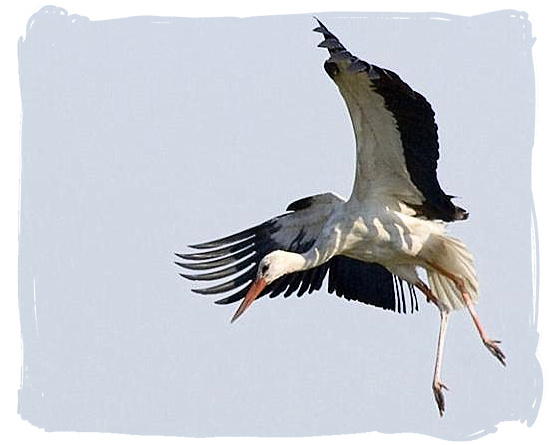 White Stork coming in to land Mapungubwe National Park, cultural landscape, region, ruins copyright © Johann du Preez This Limpopo treetop boardwalk is a magnificent facility allowing the visitor into the trees alongside the birds or looking down on those that forage on the ground and lower strata. Meyer’s Parrot, White-crested Helmet shrike, Meve’s (Long tailed) Starling can be seen. Birding from the hide in the riverbed will vary depending on water levels in the river and can be very rewarding. With some luck you may see Pel’s Fishing Owl around. Things to keep in mind,...
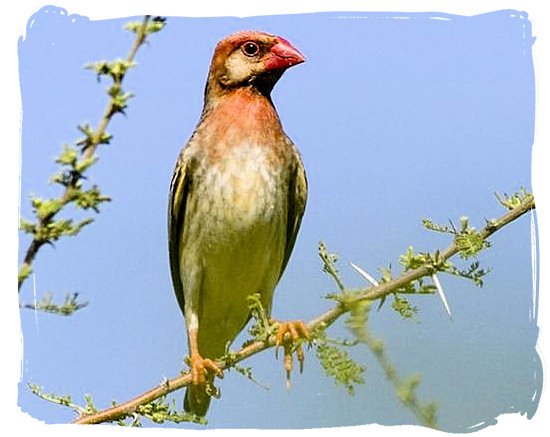 Red-billed Quelea - mapungubwe information copyright © Johann du Preez
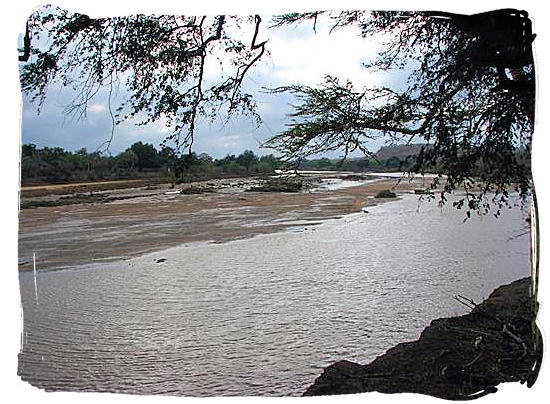
The Limpopo river - Mapungubwe information Top of Page |
|
||||||||
|
|
|||||||||
